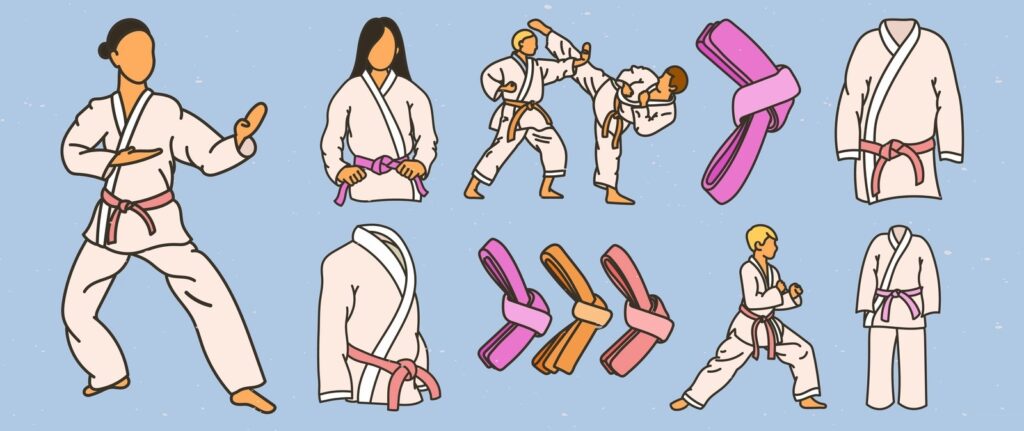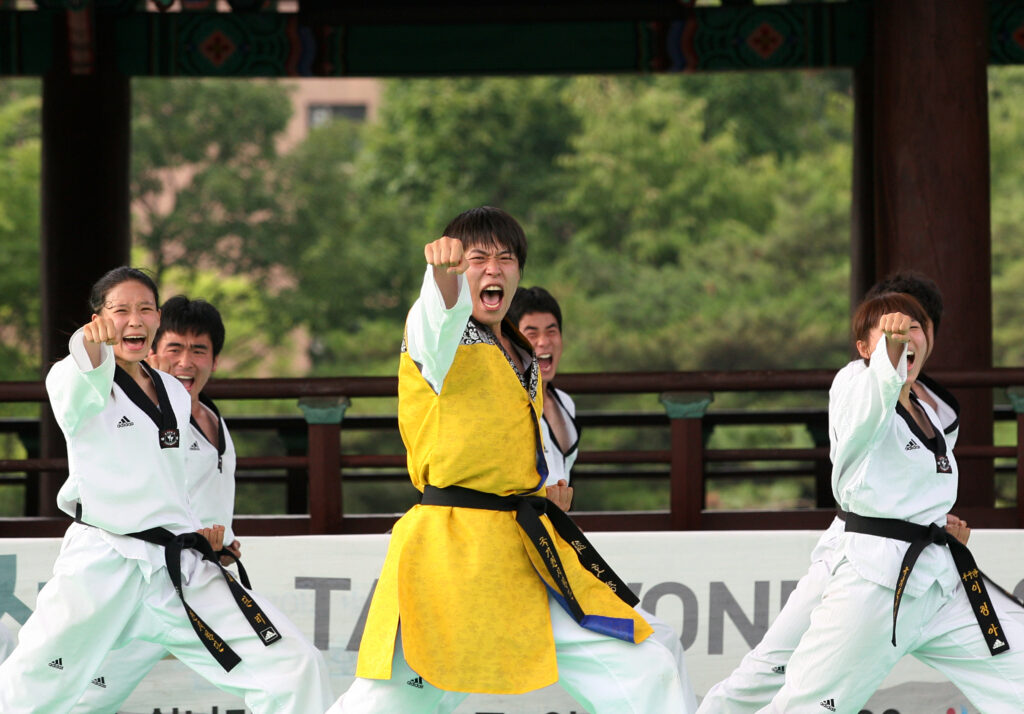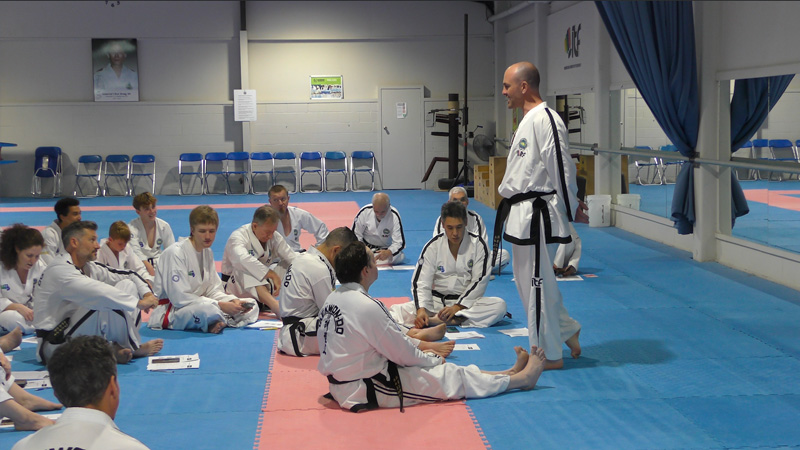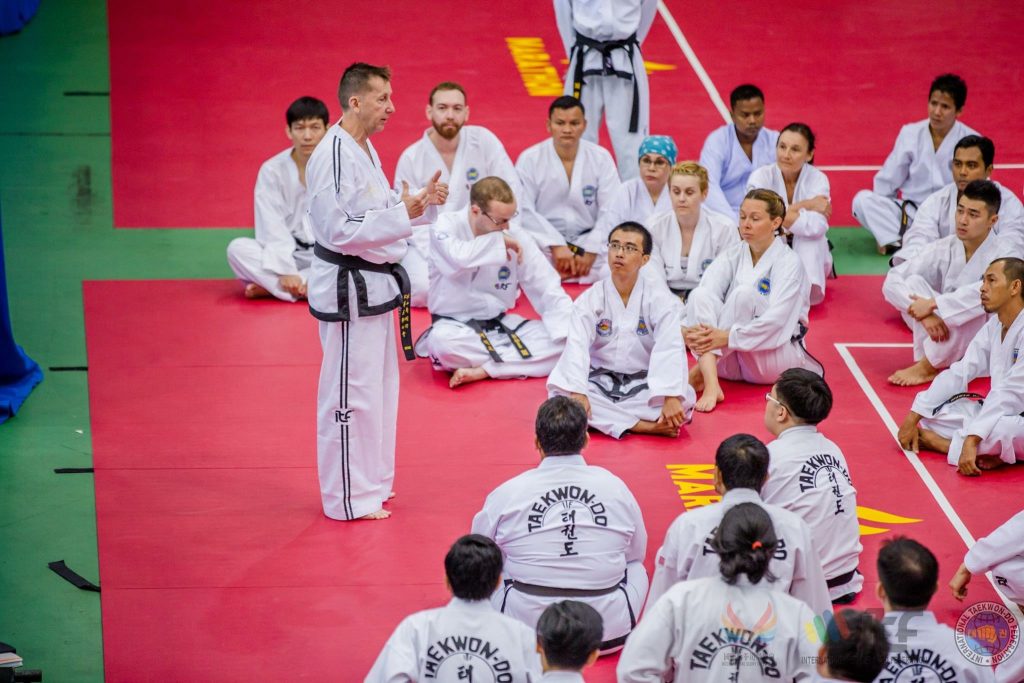7 Proven Ways to Improve Your Taekwondo Kicking Technique | Complete Training Guide
Introduction: The Power and Precision Behind Every Taekwondo Kick
Every Taekwondo kick tells a story — a story of discipline, balance, and years of training. From the first moment a student learns how to tie their Taekwondo belt to their first Taekwondo poomsae, kicking becomes the art’s foundation.
Whether you’re practicing at your local Taekwondo school or training at a World Taekwondo Center, mastering the art of kicking is essential. Taekwondo, a Korean martial art (Taekwondo in Korean means “the way of the foot and the fist”), focuses heavily on powerful and controlled leg techniques
.In this guide, we’ll explore how to improve your Taekwondo kicking technique, from the basic white belt Taekwondo stages to advanced levels, used by athletes like Taekwondo Jade Jones.
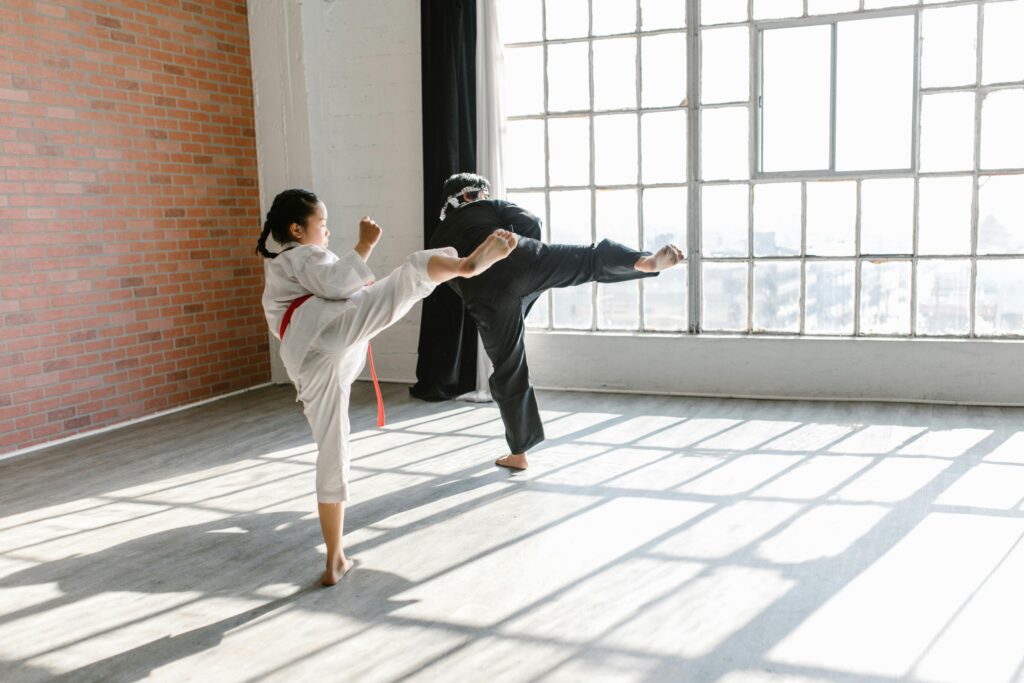
1. Understanding the Roots: Why Kicking Defines Taekwondo
Taekwondo is Korean — developed after World War II from a mix of ancient Korean martial arts and Karate influences. Over time, it evolved into its own art, emphasizing dynamic leg work, spinning strikes, and precise timing.
When you look at Songahm Taekwondo (practiced in ATA schools) or traditional Taekwondo from Korea, both styles focus deeply on how the leg can generate speed, height, and control.
Understanding this heritage helps explain why Taekwondo kicking is more than just a technique — it’s part of a cultural legacy. The World Taekwondo Federation (WT), now known as World Taekwondo, promotes global tournaments where kicking accuracy decides victory.
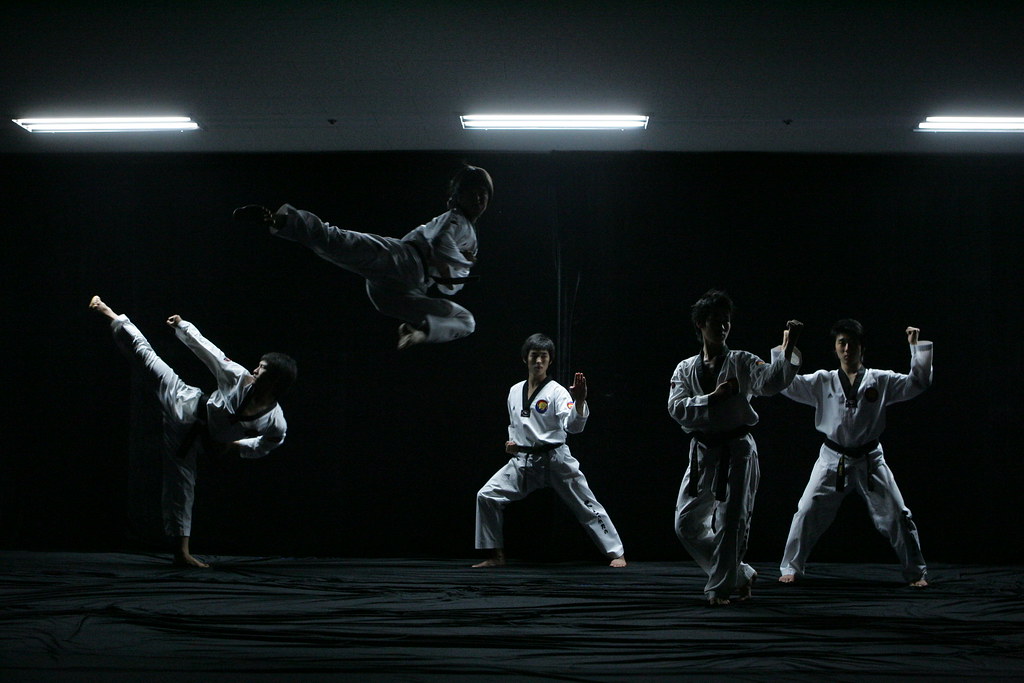
2. Start with Balance and Posture
Every great Taekwondo kick begins with balance. Before focusing on speed or height, a student must learn how to stand, pivot, and land correctly.
Your center of gravity should remain stable during each motion. Practicing balance improves performance in Taekwondo sparring, poomsae, and even breaking techniques.
Here’s how to train it:
- Stand on one leg for 30 seconds while keeping your hands in guard position.
- Slowly lift your kicking leg and freeze mid-motion.
- Repeat with both legs.
This simple drill helps children’s Taekwondo students as well as adults build control and confidence.To support your practice, you can use tools like a Taekwondo kick pad or practice barefoot in your Taekwondo outfit to enhance natural balance.
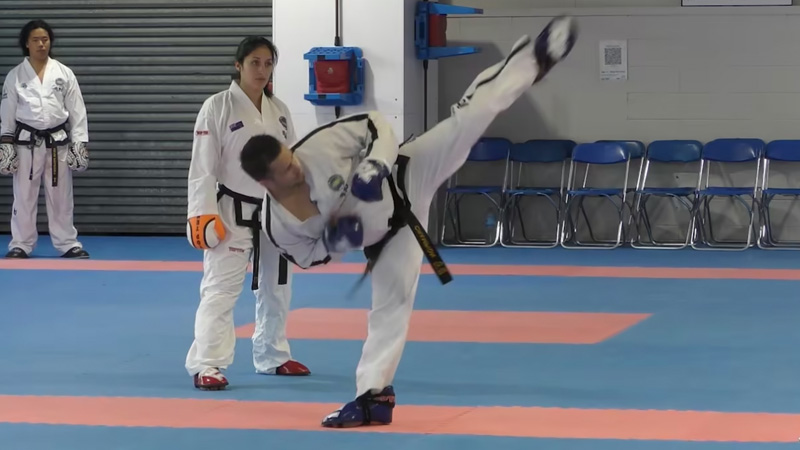
3. Perfecting the Fundamental Kicks
Front Kick (Ap Chagi)
The front kick teaches timing and precision. Lift your knee, extend your foot, and snap it forward. Beginners, including white belt Taekwondo students, often start here.
Roundhouse Kick (Dollyo Chagi)
This is one of the most common Taekwondo kicks in sport sparring. Pivot your supporting foot and let your hips rotate for a smooth, circular motion.
Side Kick (Yop Chagi)
The Taekwondo side kick is all about power and alignment. Drive your heel forward while keeping your body straight.
Axe Kick (Naeryo Chagi)
This kick focuses on flexibility and accuracy. Lift your leg high and bring it down with control — often used in Taekwondo tournaments.
Spinning Back Kick (Dwi Chagi)
Used by professionals like Joe Rogan during his Taekwondo days, this kick is explosive and demands perfect balance.Mastering these basics is crucial before learning advanced variations found in Taekwondo poomsae or sparring routines.
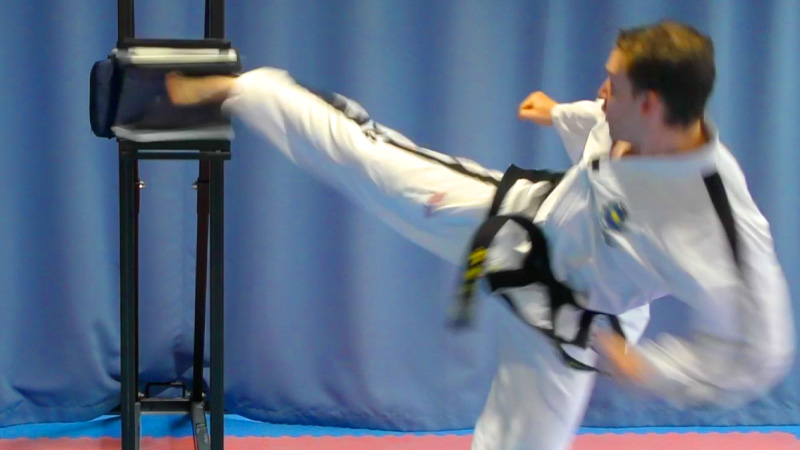
4. The Role of Flexibility and Strength
Flexibility is essential in Taekwondo training. Without it, kicks lose power and height. Stretching regularly before and after training sessions prevents injuries and improves range of motion.
Tips for better flexibility:
- Do dynamic stretches before training.
- Add static stretches post-workout.
- Include yoga or pilates sessions weekly.
Pair flexibility with leg strength using Taekwondo workout routines:
- Squats and lunges for lower body strength.
- Core exercises for balance.
- Kicking drills against resistance bands.
Remember, a powerful kick isn’t about size — it’s about proper muscle coordination.
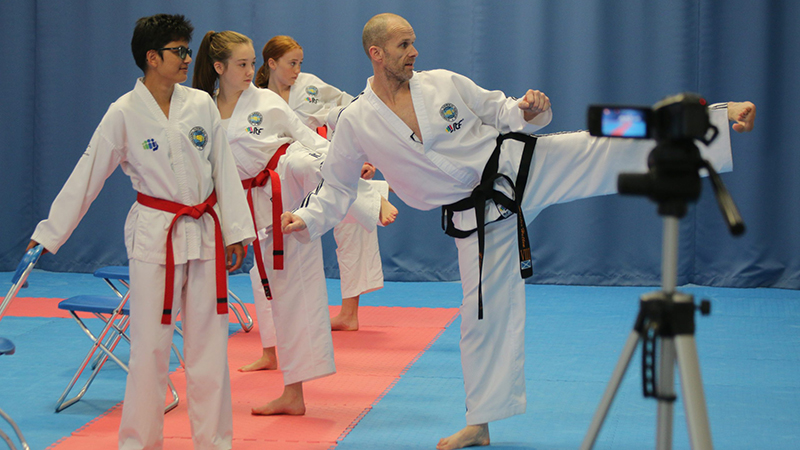
5. Practicing with Equipment
Training with the right Taekwondo equipment accelerates skill development. For beginners, focus on safety gear first: a Taekwondo helmet, gloves, and shin guards.
For technique refinement, use:
- Taekwondo kick pad for repetition training.
- Taekwondo shoes Adidas or Taekwondo Adidas shoes for safe grip.
- Mirrors or Taekwondo wallpaper visuals to check form.
Brands like Adidas Taekwondo ballet shoes or Taekwondo Mei shoes are popular among both beginners and professionals.If you want to explore drills visually, you can check the TKD Coaching YouTube Channel for step-by-step demonstrations.
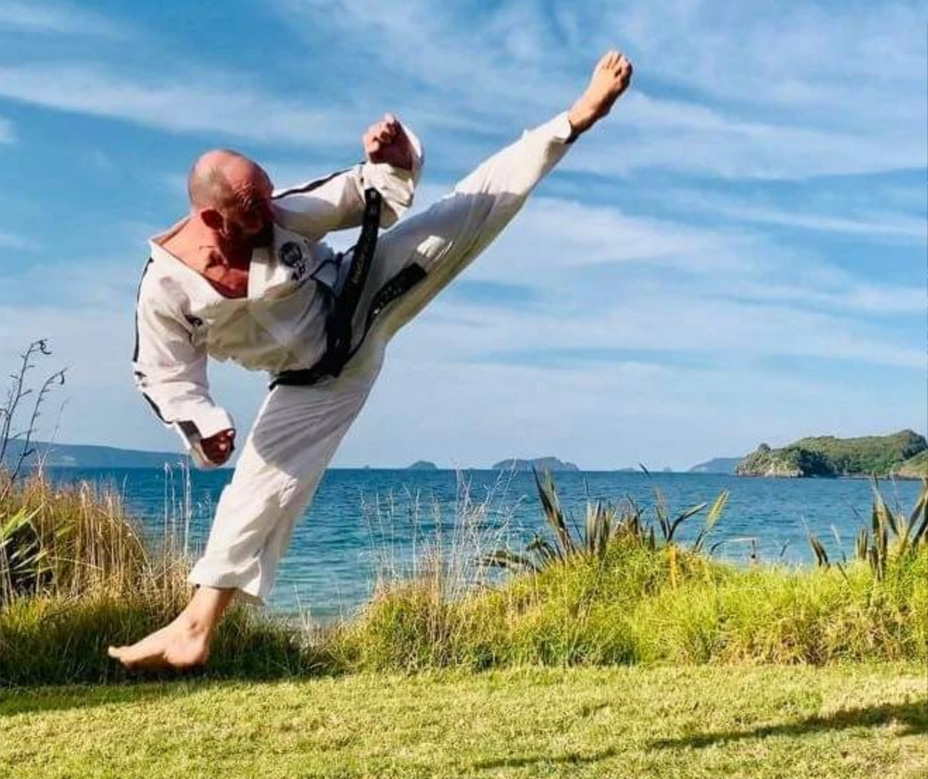
6. From White Belt to Black Belt: Kicking Through the Ranks
Every Taekwondo rank builds upon the last. A white belt learns control; a black belt learns mastery.
In schools like Master Kim’s Taekwondo, Yang Taekwondo, or Polaris Taekwondo, belt progression is more than testing — it’s a transformation.
With each level, students practice Taekwondo forms (poomsae), which include different kicks, blocks, and stances. For example:
- Taekwondo white belt form may include basic front and side kicks.
- Intermediate poomsae introduce spinning and jump kicks.
- Advanced forms challenge timing, rhythm, and flow.
Training across generations, from children’s Taekwondo to TKD for adults, unites families and communities — from Rock Creek Taekwondo to Forney Taekwondo Center and beyond.
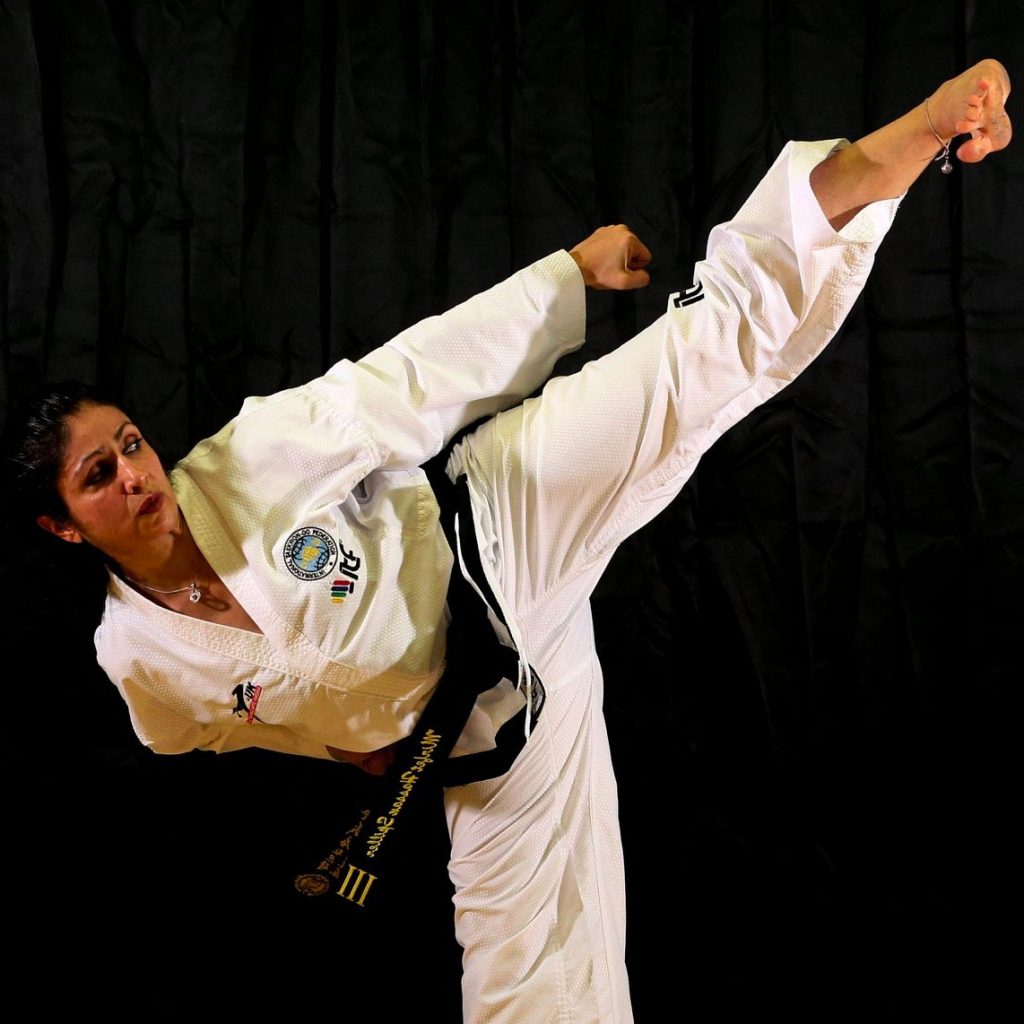
7. Modern Taekwondo: Blending Tradition and Technology
Modern dojangs (training halls) now blend traditional methods with technology. Apps, virtual coaches, and motion analysis software help students refine movement.
Schools such as All Pro Taekwondo, Roar Taekwondo, and Northeast Taekwondo integrate smart tools to make practice more efficient.
Digital resources, such as Our App or online platforms, allow practitioners to review Taekwondo pictures, silhouette drills, or even Taekwondo clipart for educational design use.
8. Common Mistakes in Taekwondo Kicking and How to Fix Them
- Lack of Chamber: Without raising your knee properly, your kick loses direction.
- Overextension: Striking too far reduces balance.
- Flat Foot Support: Always pivot your base foot for power.
- Neglecting Guard Position: Keep hands up to protect your head.
Practicing mindfully prevents injuries and refines motion — something even professional athletes at USTA Taekwondo Academy focus on daily.If you’re struggling with technique, consider exploring online support or expert advice through Help & Support or reading answers in the FAQ section.how you
9. The Art Beyond Competition
While Taekwondo tournaments and sparring are exciting, the true art lies in discipline and respect. Taekwondo art martial isn’t just a sport; it’s a philosophy — a way of life.
Even Karate and Taekwondo share similar roots but differ in their expression. Karate emphasizes hand strikes, while Taekwondo celebrates the leg’s versatility.
Students who study traditional Taekwondo often meditate before practice, focusing on what does Taekwondo mean: “The way of the foot and fist.”
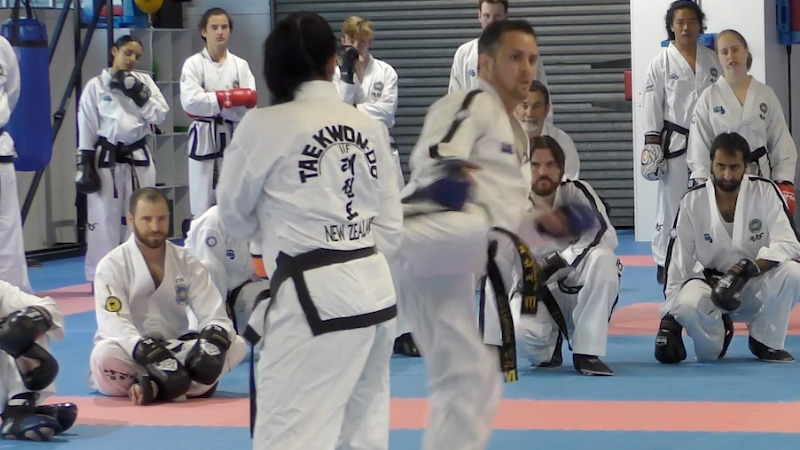
10. Inspiring Generations of Martial Artists
From Young Brothers TKD to Black Tiger TKD, from Stevens Family Taekwondo to Killearn Lakes Taekwondo, schools around the world carry this legacy forward.
Children grow confident through structured discipline, teens develop self-control, and adults discover balance and purpose.
The visual identity — from the Taekwondo logo to the Taekwondo uniform name (dobok) — all connects to a rich tradition that continues to inspire millions globally.
11. Learning Never Ends
Improvement never stops. Whether you train at Ama Taekwondo or Pro Taekwondo, or practice at home watching YouTube lessons, every kick teaches something new.
Want to explore professional guidance or community programs? Visit:
Each link provides more resources for those serious about mastering Taekwondo.
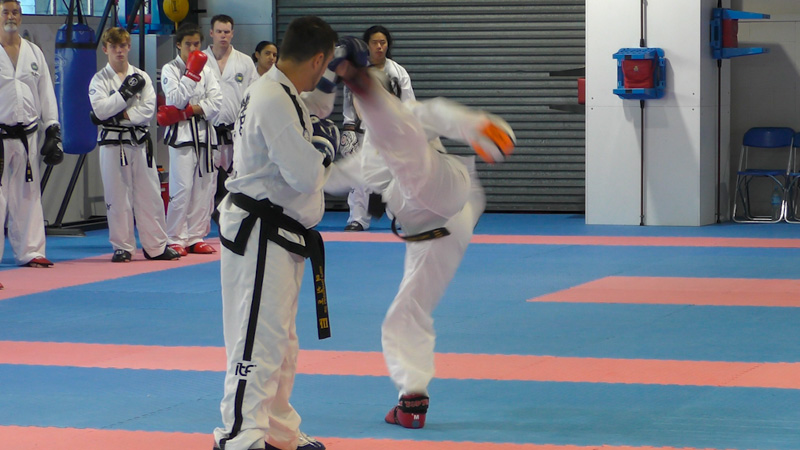
Conclusion: A Lifelong Journey of Kicking, Learning, and Growing
Improving your Taekwondo kicking technique is not about perfection — it’s about progress.
Each day you train, you improve posture, balance, and focus. Whether you’re practicing Taekwondo sparring, forms, or workouts, your goal remains the same — harmony between mind and body.
So, tie your belt, take a deep breath, and begin.
Because every kick you throw is a step closer to mastering the art of Taekwondo.
1. What does Taekwondo mean in Korean?
In Korean, Taekwondo (태권도) means “the way of the foot and the fist.”
It combines three words: Tae (foot), Kwon (fist), and Do (way or discipline).
The name represents the balance between power, respect, and self-control in this Korean martial art.
2. Is Taekwondo Korean or Japanese?
Taekwondo is Korean. It was developed in the 1940s and 1950s by martial artists in Korea who blended traditional Korean fighting styles with modern techniques.
Unlike Karate, which originated in Japan, Taekwondo emphasizes dynamic leg movements and high, powerful kicks.
3. How can I improve my Taekwondo kicking technique at home?
You can improve your Taekwondo kicks at home by practicing balance drills, stretching, and slow-motion kicks in front of a mirror.
Focus on control, chamber position, and posture. Use a kick pad or a soft target to build precision safely.
4. What is the best age to start learning Taekwondo?
Children can begin learning Taekwondo as early as 4 or 5 years old.
Many children’s Taekwondo programs teach discipline, coordination, and respect through fun drills and safe kicking exercises.
Adults can start anytime — Taekwondo training is for all ages.
5. How often should I practice kicking drills?
For best results, practice 3–5 times per week, alternating between strength, flexibility, and technique days.
Consistency builds better coordination and helps you perform well in Taekwondo sparring or poomsae routines.
6. What equipment helps improve kicking in Taekwondo?
Useful tools include a kick pad, mirror, and resistance bands.
Wear proper Taekwondo shoes (like Adidas Taekwondo shoes) for safety and grip.
Protective gear such as helmets and shin guards helps during sparring practice.
💡 Tip: If you’d like more guidance on training and technique, check out these pages for extra support:
And for visual learning, explore tutorials on the official TKD Coaching YouTube Channel.

